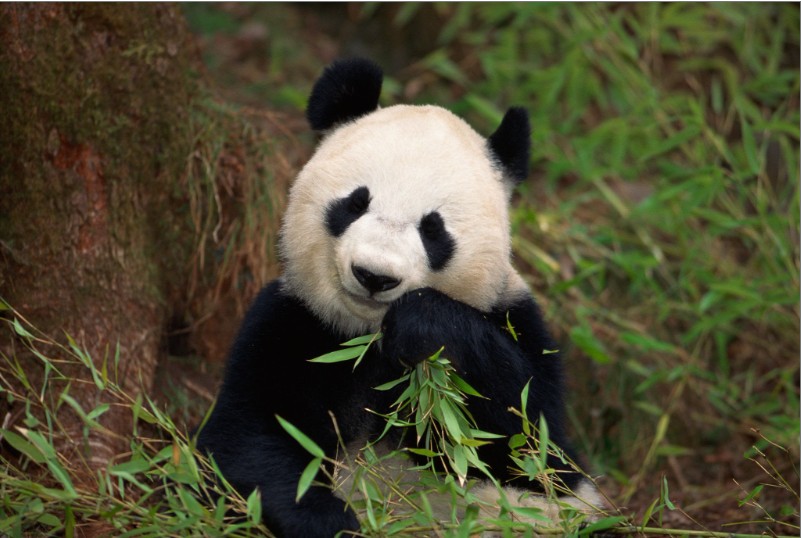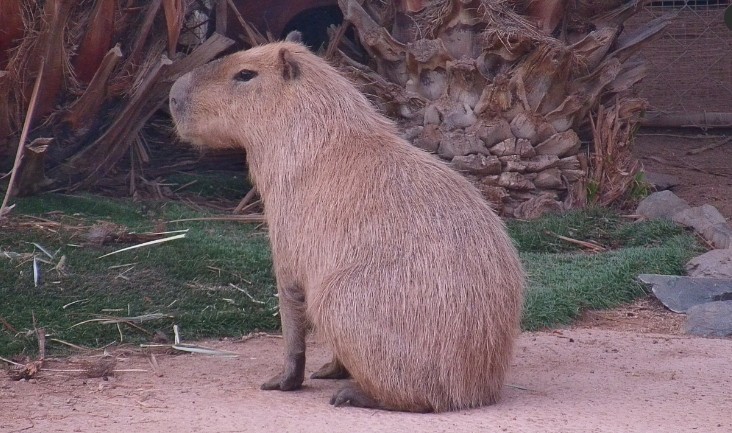

Have you ever heard of an axolotl? If you have, there's a good chance you learned about it from playing Minecraft. This cute, smiling creature became famous overnight when it was added to the popular video game. Suddenly, everyone wanted to know more about these real-life animals. Google searches for "axolotl" went through the roof, and pet stores couldn't keep up with demand.
This is just one example of how pop culture can make animals famous. Movies, TV shows, video games, and social media can turn unknown species into superstars almost overnight. But is this always a good thing?

Sometimes, becoming famous is exactly what an animal species needs. Take giant pandas, for example. These black and white bears became the face of the World Wildlife Fund (WWF) back in 1961. Today, almost everyone knows that pandas are special and need our help. This fame has led to millions of dollars in conservation funding and has helped save pandas from extinction.
The capybara is another success story. Thanks to a catchy song by Alexey Pluzhnikov and countless memes on social media, these large rodents from South America have become internet celebrities. People love their calm, friendly nature. This popularity has helped raise awareness about South American wildlife and the importance of protecting wetland habitats.
When pop culture shines a positive light on animals, it can:

But fame can also be dangerous for animals. Sometimes, media shows animals in ways that aren't true to their real nature. This can lead people to make bad choices.
One big problem is when movies or TV shows make wild animals look like good pets. Chimpanzees are often shown wearing human clothes and acting like people. This might seem cute, but it's not realistic. Real chimps are wild animals with complex needs. They can be dangerous and don't make good pets. Yet seeing them dressed up on screen makes some people want to buy them as pets.
Want a deeper understanding? Check out this article written by Lincoln Park Zoo
The axolotl story from Minecraft has a dark side too. These animals are actually endangered in the wild. When everyone wanted pet axolotls, many were taken from their natural homes or bred in poor conditions. While the game raised awareness, it also created problems for the species.
Other examples of harmful fame include:
When an animal becomes famous in pop culture, the effects can last for years or even decades. The fame doesn't just go away when the movie ends or the game gets old. People form strong opinions about these animals that stick around.
This is why it's so important for creators to think carefully about how they show animals. A single movie or game can shape how millions of people think about a species for generations.
So what can you do? Here are some tips for thinking critically about animals in media:
Ask yourself these questions:
Look for better sources of information:
Pop culture has amazing power to make people care about animals. When used well, it can save species and protect habitats. But when used poorly, it can harm the very animals it claims to celebrate.
The next time you see an animal in a movie, game, or social media post, take a moment to think. Is this helping people understand and respect the animal? Or is it creating unrealistic expectations that could hurt the species?
Animals deserve our respect and protection. By being smart about the media we consume and share, we can help make sure that fame helps animals instead of hurting them.
Remember: real animals are amazing just the way they are. They don't need costumes or tricks to be special. Sometimes the best way to help an animal become famous is to show the world how incredible they are in their natural state.